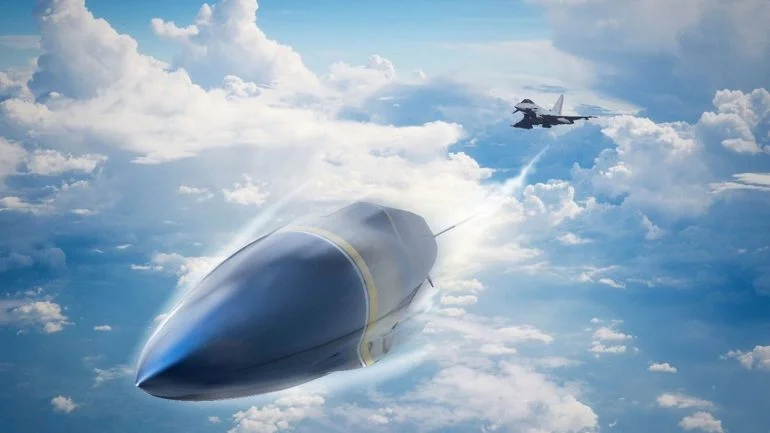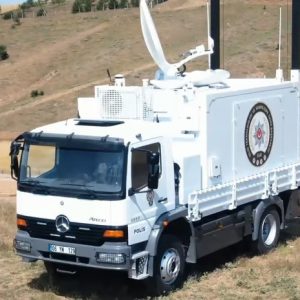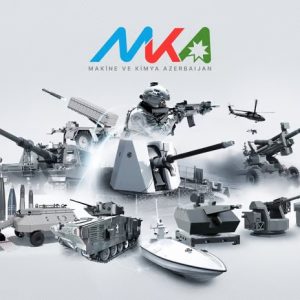AUKUS Nations Advance Hypersonic Collaboration for Strategic Edge. The trilateral partnership between Australia, the United Kingdom, and the United States under the AUKUS agreement continues to evolve with significant developments in hypersonic technologies. The announcement that AUKUS members will integrate their national initiatives in hypersonic weapons and defense systems marks a pivotal shift in the global defense landscape. This bold move underscores the alliance’s determination to maintain a technological edge in an increasingly contested strategic environment.
The Strategic Importance of Hypersonic Weapons
Hypersonic weapons, capable of traveling at speeds exceeding Mach 5, offer unparalleled advantages in modern warfare. Their combination of speed, maneuverability, and precision makes them exceptionally difficult to detect, track, and intercept using existing missile defense systems. For AUKUS nations, leveraging hypersonic technologies ensures the ability to counter emerging threats and maintain deterrence credibility in critical regions like the Indo-Pacific.
Unlike traditional ballistic missiles, hypersonic glide vehicles (HGVs) and hypersonic cruise missiles (HCMs) can change trajectory mid-flight, rendering conventional defense systems ineffective. This capability aligns closely with AUKUS’s strategic objectives to safeguard shared interests in the face of increasingly sophisticated adversaries.
Technological Collaboration Under AUKUS
Joint Research and Development Initiatives
The AUKUS partnership aims to integrate national efforts in hypersonic R&D to capitalize on complementary capabilities. This collaboration involves:
- Sharing advanced testing facilities: Access to hypersonic wind tunnels and specialized laboratories accelerates innovation across the member nations.
- Joint manufacturing capabilities: Streamlining production lines across AUKUS partners to scale up deployment timelines.
- Common technological frameworks: Developing interoperable systems that enhance integration into allied military structures.
This synergy allows for faster development cycles and more efficient allocation of resources, strengthening the collective defense posture.
Focus on Interoperability
This collaboration is key to ensuring seamless interoperability between the member nations’ hypersonic systems and existing military platforms. AUKUS ensures that allied forces can coordinate effectively in joint operations by standardizing communication protocols, guidance systems, and data-sharing frameworks.
For example, the incorporation of advanced Artificial Intelligence (AI) algorithms into guidance and navigation systems is a cornerstone of this effort, enabling hypersonic weapons to adapt to real-time battlefield conditions with precision.
Military Applications of Hypersonic Systems
Deterrence in the Indo-Pacific
The Indo-Pacific region remains a focal point for AUKUS’s strategic planning. With rising geopolitical tensions and the growing assertiveness of regional powers, the deployment of hypersonic systems ensures:
- Rapid response capabilities: Hypersonic weapons provide the means to neutralize threats at unprecedented speeds, offering tactical advantages in maritime and territorial disputes.
- Strengthened alliances: Demonstrating advanced technological capabilities enhances the credibility of allied defense commitments, reassuring regional partners such as Japan, South Korea, and India.
Defensive Countermeasures
In addition to offensive capabilities, AUKUS nations are investing in hypersonic defense systems. These initiatives involve the development of next-generation radars, directed-energy weapons, and interception technologies capable of countering hypersonic threats. Key focus areas include:
- Early detection systems: Leveraging advanced satellite and ground-based sensors to track hypersonic missiles in real time.
- Kinetic and non-kinetic interceptors: Designing systems that can neutralize incoming threats with speed and precision.
By integrating these systems, AUKUS partners enhance their ability to defend critical infrastructure and allied territories.
Challenges in Hypersonic Development
Despite the promising advantages of hypersonic systems, several challenges persist:
- Material science limitations: Sustaining structural integrity under extreme heat and pressure at hypersonic speeds requires breakthroughs in advanced composites and thermal protection systems.
- Testing complexities: Hypersonic systems require extensive real-world testing, which is both time-intensive and costly.
- Technological parity with adversaries: Nations such as China and Russia are also making rapid advancements in hypersonic technologies, heightening the urgency of AUKUS initiatives.
Overcoming these hurdles demands continuous innovation and strategic resource allocation.
The Role of Industry Partners
Collaboration with Defense Contractors
Leading defense contractors, including Lockheed Martin, BAE Systems, and Northrop Grumman, are pivotal in translating research into deployable systems. These partnerships facilitate the:
- Rapid prototyping of hypersonic platforms.
- Scalability of production, ensuring timely delivery of operational units.
- Integration with legacy systems, minimizing the costs and complexities of adoption.
Close collaboration between government and industry ensures that technological breakthroughs are swiftly converted into actionable capabilities.
Private Sector Contributions
Beyond traditional defense contractors, private-sector companies specializing in AI, machine learning, and materials engineering are playing an increasingly vital role. Innovations from these sectors contribute to:
- Enhanced computational models for hypersonic trajectory simulations.
- Advanced materials that withstand extreme aerodynamic forces.
- Autonomous systems that improve guidance and targeting accuracy.
These contributions accelerate the pace of development and broaden the technological base available to AUKUS nations.
Strategic Implications of Hypersonic Integration
Strengthening Deterrence
The deployment of hypersonic systems sends a clear message to adversaries: the AUKUS alliance is committed to maintaining its strategic edge. This capability deters potential aggressors and strengthens the alliance’s position in negotiations and conflict resolution.
Global Defense Dynamics
As AUKUS nations push forward with hypersonic integration, the global balance of power is likely to shift. Competitor nations may accelerate their programs in response, leading to a new phase of the arms race. AUKUS partners must prioritize sustained investment in innovation, testing, and deployment to maintain their advantage.
Conclusion
The integration of hypersonic efforts under the AUKUS agreement represents a transformative step in Australia, the United Kingdom, and the United States’ defense strategies. By pooling resources, expertise, and industrial capacity, these nations are setting new benchmarks in military technology.
With the Indo-Pacific at the forefront of global geopolitics, hypersonic capabilities offer a critical edge in deterrence, defense, and power projection. Through strategic collaboration and a commitment to innovation, AUKUS ensures its members remain at the cutting edge of modern warfare, safeguarding shared interests and enhancing global stability.
This unified approach to hypersonic technologies underscores the enduring strength and adaptability of the AUKUS partnership in an era of rapid technological advancement.











